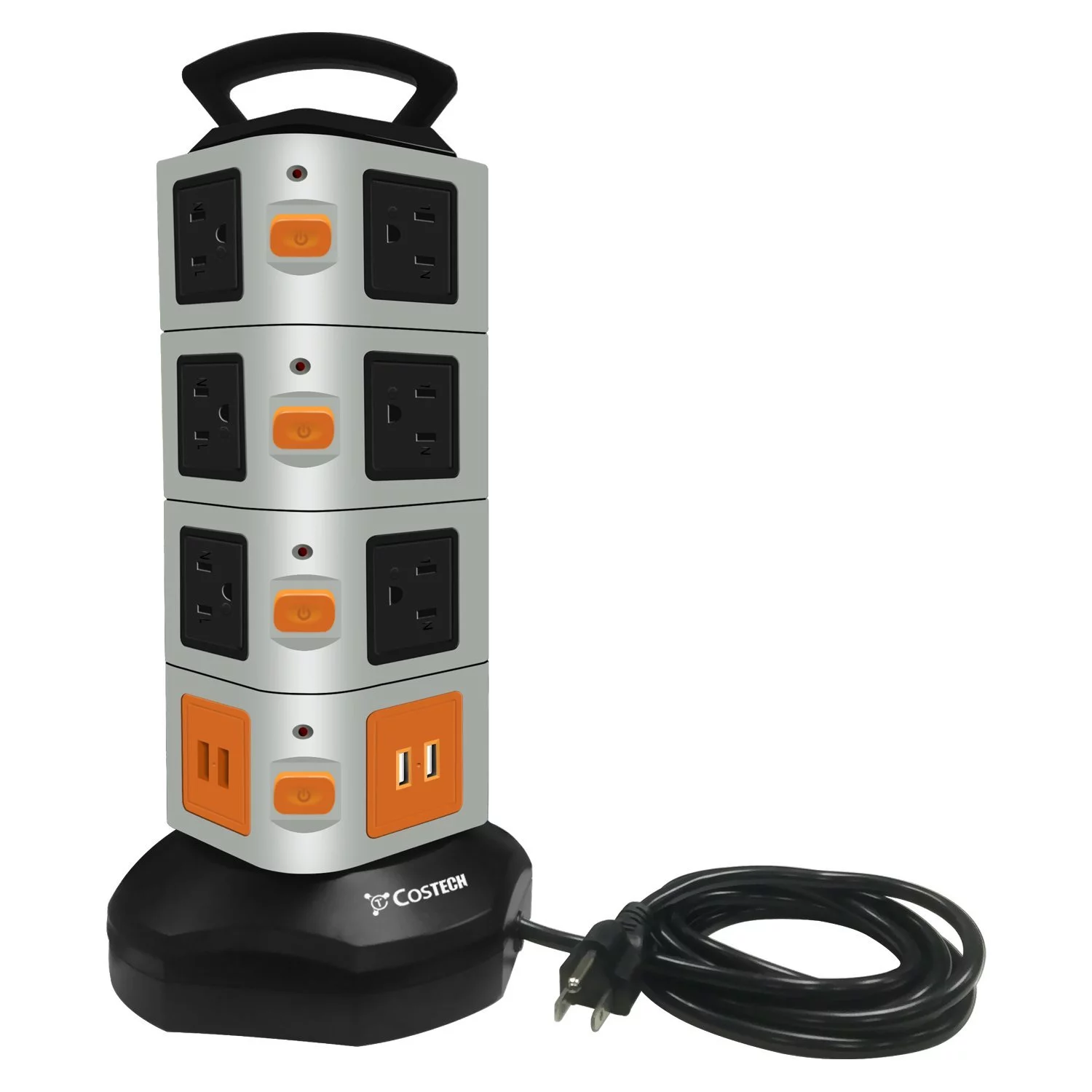

Articles
How Much Power Can A Surge Protector Handle
Modified: October 21, 2024
Discover how much power surge protectors can handle in this informative article. Learn how to choose the right one for your needs.
(Many of the links in this article redirect to a specific reviewed product. Your purchase of these products through affiliate links helps to generate commission for Storables.com, at no extra cost. Learn more)
Introduction
Welcome to our comprehensive guide on surge protectors and their power handling capacity. In our increasingly digital age, protecting our valuable electronic devices from power surges is of paramount importance. But how do we know how much power a surge protector can handle? In this article, we will delve into the inner workings of surge protectors, understand the factors that affect their power handling capacity, and provide recommendations for choosing the right surge protector for your needs.
Surge protectors, also known as surge suppressors or surge arresters, are devices designed to protect electronic equipment from voltage spikes or transient surges that can occur in electrical power systems. These voltage surges, often caused by lightning strikes, power outages, or faulty electrical equipment, can seriously damage sensitive devices such as computers, TVs, smartphones, and other valuable electronics.
Understanding the power handling capacity of a surge protector is crucial because it determines the maximum amount of electrical energy the device can safely absorb and divert away from connected equipment during a power surge. If the power surge exceeds the capacity of the surge protector, it may fail to provide adequate protection, exposing your electronics to potential damage.
There are several factors that can affect the power handling capacity of a surge protector, including its voltage and current ratings, the type and intensity of the power surge, and the duration of the surge. Additionally, it is important to consider the concept of overloading and overcurrent protection when selecting a surge protector to ensure optimal performance and longevity.
In the next sections, we will delve deeper into these factors to gain a better understanding of how surge protectors work and how to determine their power handling capacity. We will also address common misconceptions about surge protectors and provide recommendations for choosing the right surge protector to safeguard your valuable electronic devices. So, let’s dive in!
Key Takeaways:
- Surge protectors are crucial for safeguarding electronic devices from power surges. Understanding their power handling capacity, voltage and current ratings, and other key factors is essential for effective protection.
- Properly sizing surge protectors is vital to prevent overloading, enhance safety, and optimize surge protection. Consider factors such as joule rating, clamping voltage, and surge response time when choosing the right surge protector for your needs.
Read more: How Much Wattage Can A Power Strip Handle
Understanding Surge Protectors
Before we delve into the intricacies of surge protector power handling capacity, let’s first gain a basic understanding of how surge protectors work. Surge protectors are electronic devices that act as a barrier between your sensitive electronic equipment and electrical power sources, protecting them from voltage spikes or transient surges.
When a power surge occurs, the surge protector detects the increased voltage and diverts the excess electrical energy away from your connected devices, ensuring they receive a stable and safe amount of voltage. This redirection of energy is commonly achieved through the use of metal oxide varistors (MOVs) or gas discharge tubes (GDTs) within the surge protector.
MOVs are semiconductors that have the ability to rapidly absorb high voltage surges by redirecting the excess electrical energy to the ground. GDTs, on the other hand, are devices that use a spark gap to divert the surge energy away from your electronic devices. Both MOVs and GDTs are designed to handle high voltage surges and protect your equipment from potential damage.
It is essential to note that surge protectors should not be confused with power strips. While power strips are simply an extension of the electrical outlet, surge protectors offer an added layer of protection against power surges. Therefore, when purchasing a surge protector, it is crucial to ensure that it includes built-in surge protection capabilities.
Now that we have a basic understanding of how surge protectors function, let’s explore the various factors that can affect their power handling capacity. By understanding these factors, you can make an informed decision when selecting a surge protector that meets your specific needs and provides adequate protection for your valuable electronic devices.
Factors Affecting Power Handling Capacity
The power handling capacity of a surge protector is determined by several factors that can impact its ability to effectively divert excess electrical energy during a power surge. These factors include:
1. Voltage Ratings: Surge protectors have voltage ratings that indicate the maximum voltage they can handle. Common voltage ratings for surge protectors include 120V, 240V, or even higher for industrial applications. It is crucial to select a surge protector with a voltage rating compatible with your electrical system to ensure optimal protection.
2. Current Ratings: Surge protectors also have current ratings that indicate the maximum amount of current they can safely handle. High-quality surge protectors typically have higher current ratings, allowing them to handle larger power surges without sacrificing performance. Ensure that the surge protector you choose has a current rating suitable for your devices’ power requirements.
3. Clamping Voltage: The clamping voltage is the level at which the surge protector diverts excess electrical energy away from your devices. A surge protector with a lower clamping voltage provides better protection as it will activate at a lower voltage threshold, preventing excessive voltage from reaching your electronics.
4. Surge Response Time: The surge response time refers to the speed at which the surge protector reacts and starts diverting excess electrical energy. A shorter surge response time indicates a faster reaction, minimizing the time your devices are exposed to potentially damaging surges. Look for surge protectors with fast response times to ensure effective protection.
5. Absorption/Diversion Capacity: The absorption or diversion capacity of a surge protector is the amount of excess electrical energy it can handle during a power surge. This capacity is typically expressed in joules. Higher joule ratings indicate a greater ability to absorb or divert energy, providing enhanced protection for your electronic devices.
6. Number of Outlets: The number of outlets on a surge protector determines the number of devices you can connect and protect simultaneously. It is important to choose a surge protector with enough outlets to accommodate all your electronic equipment.
By considering these factors, you can determine the appropriate power handling capacity for your surge protector and select a device that offers optimal protection for your valuable electronic devices. In the next section, we will explore the voltage and current ratings of surge protectors in more detail.
Voltage and Current Ratings of Surge Protectors
When choosing a surge protector, understanding its voltage and current ratings is essential to ensure compatibility with your electrical system and protect your electronic devices effectively.
Voltage Ratings:
The voltage rating of a surge protector indicates the maximum voltage it can handle without compromising its performance. Common voltage ratings for surge protectors include 120V, 240V, or even higher for industrial applications.
It is crucial to select a surge protector with a voltage rating that matches your electrical system. Using a surge protector with a lower voltage rating than your system could result in it being overwhelmed during a power surge, potentially damaging both the surge protector and your connected devices. On the other hand, using a surge protector with a higher voltage rating than your system isn’t typically a problem, as it will provide adequate protection.
Current Ratings:
The current rating of a surge protector indicates the maximum amount of current it can handle safely. It is important to choose a surge protector with a current rating that matches or exceeds the power requirements of your electronic devices.
High-quality surge protectors usually have higher current ratings, allowing them to handle larger power surges without compromising performance. If your devices draw more power than the surge protector can handle, it may struggle to divert excess electrical energy effectively, putting your equipment at risk.
When considering current ratings, it’s essential to note that surge protectors typically utilize a combination of total current rating and per outlet current rating. The total current rating refers to the maximum current the surge protector can handle across all its outlets combined, whereas the per outlet current rating refers to the maximum current each individual outlet can handle.
It can be tempting to choose a surge protector with higher current ratings to ensure maximum protection. However, keep in mind that excessive current ratings may lead to an unnecessarily large and expensive surge protector. It’s best to choose a surge protector with current ratings that align with your devices’ power requirements.
By understanding and considering the voltage and current ratings of surge protectors, you can select a device that is compatible with your electrical system and provides effective protection for your electronic devices. In the next section, we will explore the concept of overloading and overcurrent protection to further enhance our understanding of surge protector power handling capacity.
Overloading and Overcurrent Protection
When it comes to surge protector power handling capacity, it is important to understand the concepts of overloading and overcurrent protection. These factors play a crucial role in ensuring the optimal performance and longevity of your surge protector.
Overloading:
Overloading occurs when the connected devices draw more power than the surge protector can handle. This can happen if you exceed the total current rating of the surge protector or connect devices that consume a significant amount of power simultaneously.
When a surge protector is overloaded, it may fail to effectively divert excess electrical energy and provide adequate protection during a power surge. This can increase the risk of damage to your electronic devices or even cause the surge protector itself to become damaged.
To avoid overloading, it is crucial to consider the power requirements of your devices and ensure they do not exceed the total current rating of the surge protector. If you have multiple high-powered devices, it may be wise to distribute them across different surge protectors to prevent overloading.
Overcurrent Protection:
In addition to overloading, surge protectors are equipped with overcurrent protection mechanisms to safeguard against excessive current flow. Overcurrent protection is designed to detect and interrupt the flow of current in the event of a power surge or a short circuit.
When the current surpasses the allowed threshold, the overcurrent protection mechanism in the surge protector is triggered, effectively breaking the circuit and preventing potential damage to your devices. This mechanism ensures that the surge protector can handle sudden and transient increases in current without compromising its performance or safety.
It is important to note that while surge protectors offer overcurrent protection, they are not a substitute for circuit breakers or fuses present in your electrical panel. The primary purpose of surge protectors is to protect against voltage spikes and power surges, while circuit breakers and fuses protect against overcurrent conditions caused by short circuits or excessive current flow.
By being mindful of overloading and understanding the overcurrent protection mechanisms in place, you can ensure that your surge protector operates within its power handling capacity and provides effective protection against power surges.
In the next section, we will discuss how to determine the power handling capacity of a surge protector to make an informed decision when selecting one for your needs.
When choosing a surge protector, look for the joules rating, which indicates how much energy it can absorb. Higher joules rating means better protection.
Read more: How Much Can You Plug Into A Surge Protector
How to Determine the Power Handling Capacity of a Surge Protector
When choosing a surge protector, it is crucial to determine its power handling capacity to ensure it can effectively protect your electronic devices. Here are some steps to help you determine the power handling capacity of a surge protector:
1. Check the Voltage and Current Ratings:
Start by checking the voltage rating and current rating of the surge protector. These ratings are typically mentioned on the surge protector itself or in the product specifications. Ensure that the surge protector’s voltage rating matches your electrical system’s voltage and that the current rating is sufficient for your devices’ power requirements.
2. Consider the Joule Rating:
The joule rating of a surge protector indicates its absorption or diversion capacity, which means how much electrical energy it can handle during a power surge. A higher joule rating generally indicates a greater capacity to absorb or divert energy. Consider the joule rating of the surge protector and choose one that has an adequate rating to provide optimal protection for your electronic devices.
3. Evaluate the Clamping Voltage:
The clamping voltage is the level at which the surge protector starts diverting excess electrical energy away from your devices. A surge protector with a lower clamping voltage provides better protection as it will activate at a lower voltage threshold, thereby limiting the amount of voltage that reaches your electronics. Look for surge protectors with lower clamping voltages for enhanced protection.
4. Examine the Surge Response Time:
The surge response time of a surge protector refers to how quickly it reacts and starts diverting excess electrical energy. A shorter surge response time indicates a faster reaction, reducing the exposure of your devices to potentially damaging surges. Look for surge protectors with fast surge response times to ensure efficient protection.
5. Consider the Number of Outlets and Cord Length:
Take into account the number of outlets the surge protector has to ensure it can accommodate all your electronic devices. Additionally, consider the length of the cord to ensure it can reach your electrical outlet without straining the connection. These factors are important for both convenience and proper use of the surge protector.
By following these steps and considering the essential factors, you can effectively determine the power handling capacity of a surge protector. This will enable you to choose a surge protector that meets the needs of your electrical system and provides optimal protection for your valuable electronic devices.
In the next section, we will address common misconceptions about surge protectors to help you make informed decisions when it comes to protecting your electronic devices.
Common Misconceptions about Surge Protectors
Surge protectors are essential devices for safeguarding our electronic equipment, but there are several common misconceptions about their capabilities and usage. Let’s address these misconceptions to ensure you have accurate information when it comes to protecting your valuable devices.
1. Surge Protectors Provide Unlimited Protection:
Contrary to popular belief, surge protectors do not offer unlimited protection. While they are designed to absorb and divert excess electrical energy during power surges, surge protectors have a limited capacity. If the power surge exceeds the surge protector’s capacity, it may fail to provide adequate protection. It is important to choose a surge protector with an appropriate power handling capacity to match your needs.
2. Surge Protectors Protect Against All Electrical Issues:
Surge protectors are primarily designed to protect against voltage spikes and transient surges caused by events like lightning strikes. However, they may not necessarily provide protection against all electrical issues, such as power fluctuations, brownouts, or prolonged voltage drops. For comprehensive protection, consider using additional devices like voltage regulators or uninterruptible power supplies (UPS).
3. Power Strips Offer the Same Protection as Surge Protectors:
Power strips and surge protectors are not the same. While power strips may provide you with additional outlets, they lack built-in surge protection capabilities. Simply using a power strip does not provide adequate protection against power surges. Ensure that your power strip has surge protection features or invest in a dedicated surge protector for reliable surge protection.
4. Surge Protectors Last Forever:
Surge protectors have a limited lifespan. Over time, the components inside the surge protector may degrade, reducing its effectiveness in diverting excess electrical energy. It is recommended to replace surge protectors every few years or after they have experienced a significant surge event to ensure continued protection for your devices.
5. All Surge Protectors are the Same:
Not all surge protectors are created equal. There are differences in their power handling capacity, clamping voltage, surge response time, and overall build quality. It is important to choose surge protectors from reputable brands that meet recognized safety standards and have positive customer reviews.
Knowing these common misconceptions will help you make informed decisions when it comes to selecting and using surge protectors. By understanding their capabilities and limitations, you can better protect your valuable electronic devices from potential damage caused by power surges.
In the next section, we will highlight the importance of properly sized surge protectors to ensure maximum effectiveness.
The Importance of Properly Sized Surge Protectors
Choosing a properly sized surge protector is crucial to ensure maximum effectiveness and protection for your electronic devices. Here are some reasons why selecting the right size surge protector is important:
1. Adequate Power Handling Capacity:
Properly sizing your surge protector ensures that it can handle the power demands of your connected devices. If the surge protector’s power handling capacity is too low, it may fail to effectively divert excess electrical energy during a power surge, putting your devices at risk of damage. Selecting a surge protector with an appropriate power handling capacity ensures optimal protection for your valuable electronics.
2. Avoiding Overloading:
Choosing a surge protector with sufficient outlets and power capacity helps prevent overloading. Overloading can occur when you connect multiple devices that collectively draw more power than the surge protector can handle. Overloading not only jeopardizes the surge protector’s effectiveness but also increases the risk of damage to your electronic devices. A properly sized surge protector eliminates the worry of overloading and provides reliable protection.
3. Enhanced Safety:
Using a properly sized surge protector enhances safety by reducing the risk of electrical hazards. Overloaded surge protectors can overheat, potentially leading to a fire hazard. By selecting a surge protector with the appropriate power handling capacity, you ensure that it operates within its intended limits, minimizing the risk of overheating and ensuring a safer electrical environment for your devices.
4. Optimized Surge Protection:
A surge protector that is properly sized for your devices optimizes surge protection. It ensures that the surge protector will activate at the appropriate clamping voltage, effectively diverting excess electrical energy away from your electronics. This leads to minimal voltage spikes reaching your devices, reducing the risk of damage and providing peace of mind.
5. Longevity and Cost-effectiveness:
Using a properly sized surge protector improves its lifespan and saves you money in the long run. When a surge protector is properly matched to your devices’ power requirements, it ensures that the surge protector is not working beyond its intended capacity. This reduces stress on the components and prolongs its lifespan. Additionally, investing in the right size surge protector avoids the need for frequent replacements or repairs, resulting in cost savings over time.
By understanding the importance of properly sized surge protectors, you can make informed decisions when selecting these essential devices. Take into account your devices’ power requirements, the surge protector’s power handling capacity, and consider the number of outlets you need to ensure you choose a surge protector that meets your specific needs for optimal effectiveness and protection.
In the next section, we will provide recommendations for choosing the right surge protector for your requirements.
Recommendations for Choosing a Surge Protector
When it comes to choosing a surge protector, there are several key factors to consider to ensure you select the right one for your needs. Here are some recommendations to guide you in choosing a surge protector:
1. Determine Your Power Needs:
Start by assessing the power requirements of your devices. Consider the total wattage of the electronics you plan to connect to the surge protector. This will help you determine the required power handling capacity and ensure that the surge protector can accommodate your devices without overloading.
2. Check Voltage and Current Ratings:
Ensure that the surge protector’s voltage rating matches your electrical system’s voltage. Additionally, consider the current rating to ensure that it can handle the power demands of your devices. Higher quality surge protectors often have higher voltage and current ratings, providing more effective protection.
3. Joule Rating:
Look for a surge protector with a higher joule rating, as this indicates a greater capacity to handle power surges. A higher joule rating means the surge protector can absorb or divert more excess electrical energy, offering better protection for your devices. Aim for a joule rating of at least 600 joules or higher for typical home or office use.
4. Consider Clamping Voltage:
Choose a surge protector with a lower clamping voltage. A lower clamping voltage means that the surge protector will react faster, diverting excess energy at a lower voltage threshold. This reduces the amount of voltage that reaches your devices, providing better protection against harmful power surges.
5. Surge Response Time:
Look for surge protectors with fast surge response times. A shorter surge response time means that the surge protector can quickly react and divert excess energy, minimizing the duration your devices are exposed to potential damage. Aim for surge response times in the nanoseconds range for optimal protection.
6. Number of Outlets:
Consider the number of outlets you need to connect your devices. Ensure that the surge protector has enough outlets to accommodate all your electronics. It’s also beneficial to have outlets with spacing that accommodates larger power adapters without blocking neighboring outlets.
7. Warranty and Connected Equipment Coverage:
Check the warranty and connected equipment coverage offered by the surge protector manufacturer. A longer warranty period signifies the manufacturer’s confidence in their product’s durability and effectiveness. Additionally, connected equipment coverage provides financial protection in case your devices are damaged due to a power surge while connected to the surge protector.
8. Brand Reputation:
Choose surge protectors from reputable brands known for their quality and adherence to safety standards. Research customer reviews and recommendations to ensure you select a surge protector that has a good track record and positive feedback from users.
By following these recommendations, you can choose a surge protector that meets your power requirements and offers reliable protection for your valuable electronic devices. Remember to regularly inspect and replace surge protectors as needed to maintain their effectiveness.
As a final reminder, surge protectors are an important investment to safeguard your electronics from power surges, and they should be used in conjunction with other protective measures such as proper grounding and regular power system maintenance for comprehensive electrical protection.
With these recommendations in mind, you can confidently select the right surge protector to ensure the safety and longevity of your electronic devices.
If you are not sure about any of these aspects, consult a qualified electrician or seek professional advice to assist you in choosing the most suitable surge protector for your specific requirements.
Remember, safety should always be a top priority when it comes to protecting your valuable electronic devices.
Read more: How Much Electricity Does A Power Strip Use
Conclusion
Choosing the right surge protector is paramount to protect your valuable electronic devices from damaging power surges. By understanding the power handling capacity of surge protectors and considering key factors such as voltage and current ratings, joule rating, clamping voltage, surge response time, and the number of outlets, you can make an informed decision.
It is important to dispel common misconceptions about surge protectors, such as their unlimited protection capabilities or mistaking power strips for surge protectors. Surge protectors have a limited capacity and provide specific surge protection features that power strips lack.
Properly sizing a surge protector ensures it can handle the power demands of connected devices, prevents overloading, enhances safety, and optimizes surge protection. A surge protector with the appropriate power handling capacity offers reliable protection against power surges, reduces the risk of damage to your devices, and provides peace of mind.
Consider recommendations such as determining your power needs, checking voltage and current ratings, evaluating joule rating and clamping voltage, selecting surge protectors with fast surge response times, ensuring an adequate number of outlets, and choosing reputable brands with reliable warranties and connected equipment coverage.
By following these guidelines and seeking professional advice when needed, you can confidently choose a surge protector that meets your specific requirements and offers reliable protection for your valuable electronic devices.
Remember, surge protectors are an essential component of a comprehensive electrical protection strategy. Complement their use with proper grounding, regular power system maintenance, and other protective measures to ensure the safety and longevity of your electronic equipment.
Investing in a properly sized surge protector will provide you with the peace of mind and confidence that your devices are protected against power surges. Prioritize safety, choose wisely, and safeguard your electronic devices to enjoy uninterrupted usage and longevity.
Frequently Asked Questions about How Much Power Can A Surge Protector Handle
Was this page helpful?
At Storables.com, we guarantee accurate and reliable information. Our content, validated by Expert Board Contributors, is crafted following stringent Editorial Policies. We're committed to providing you with well-researched, expert-backed insights for all your informational needs.
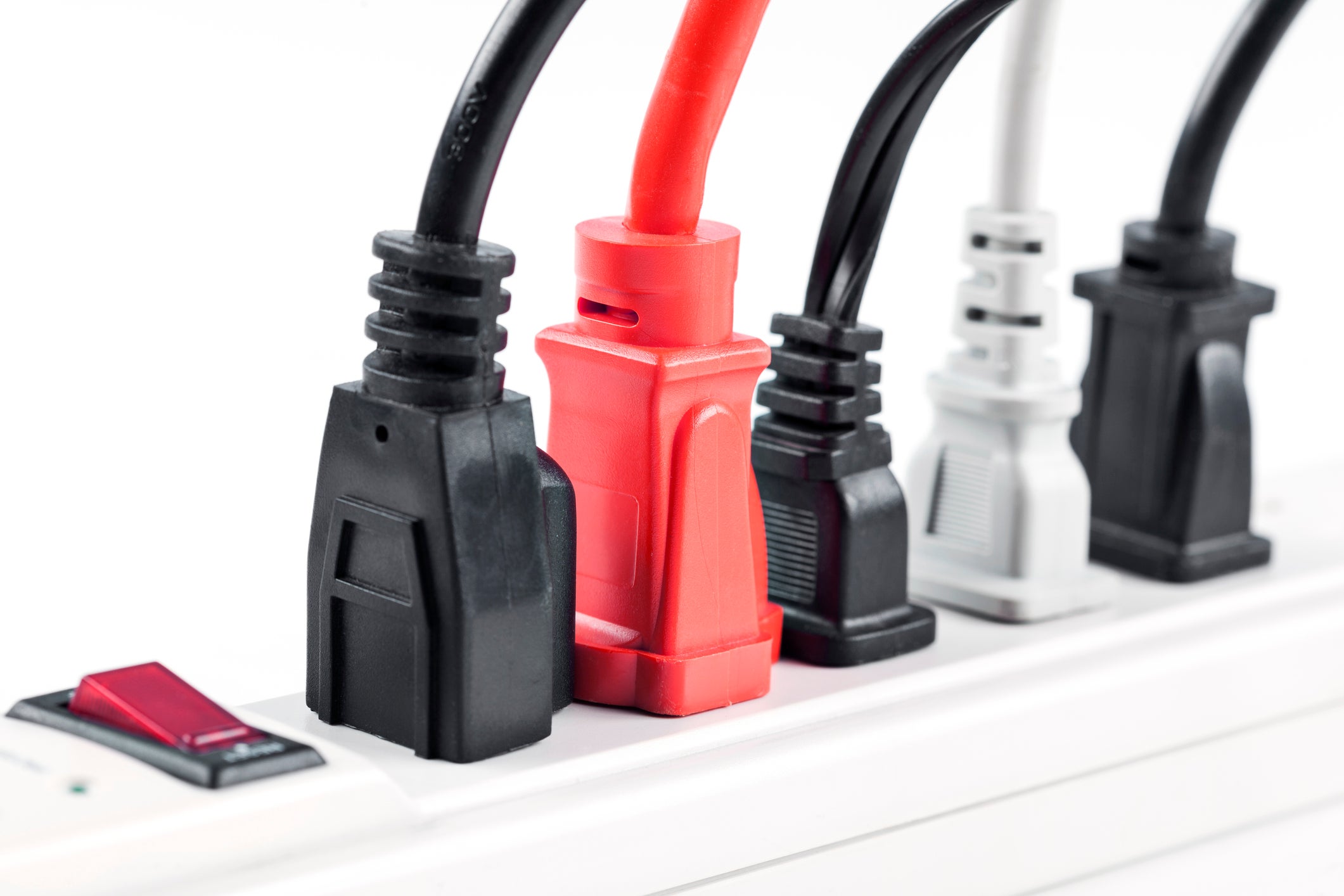
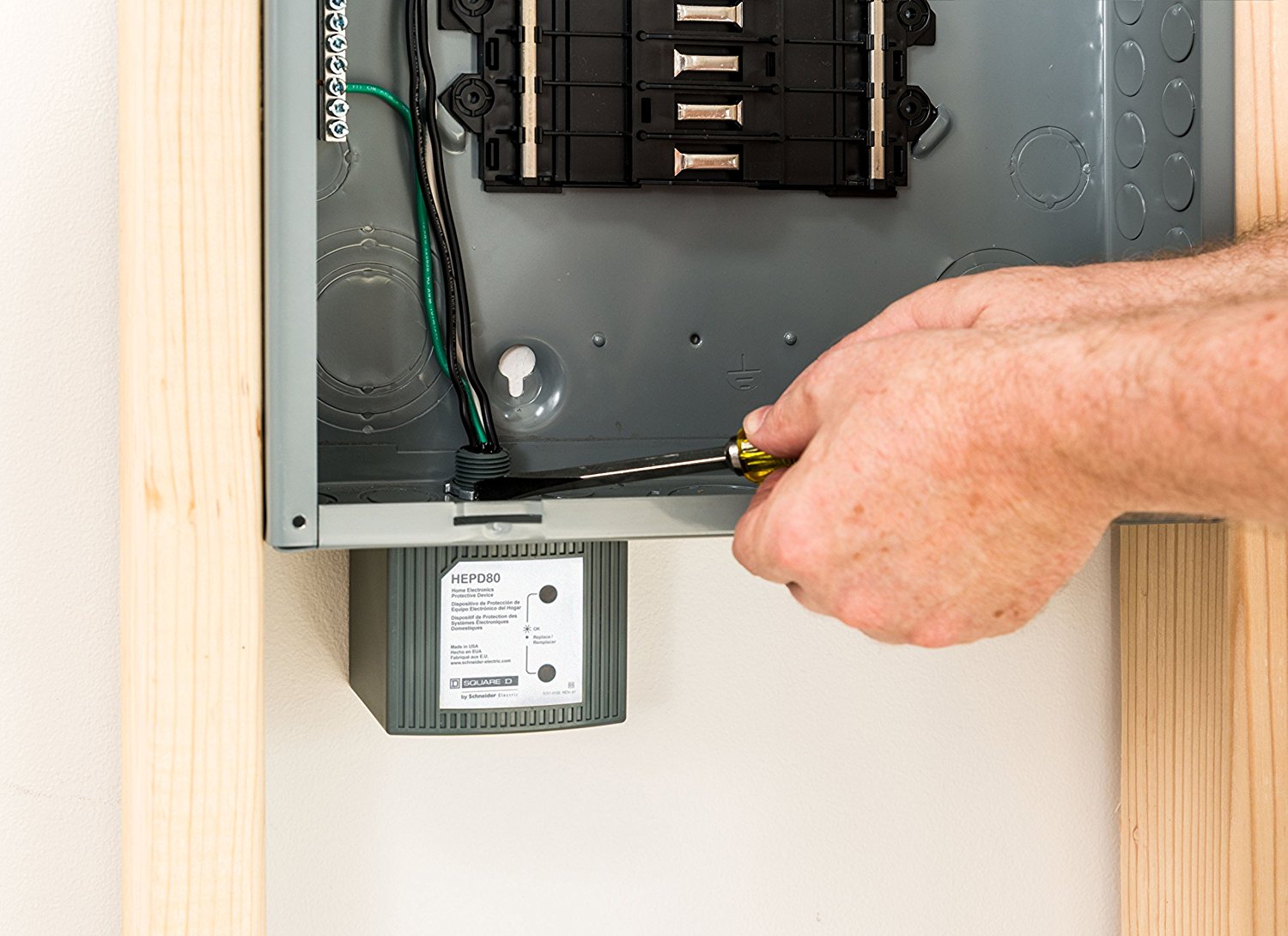
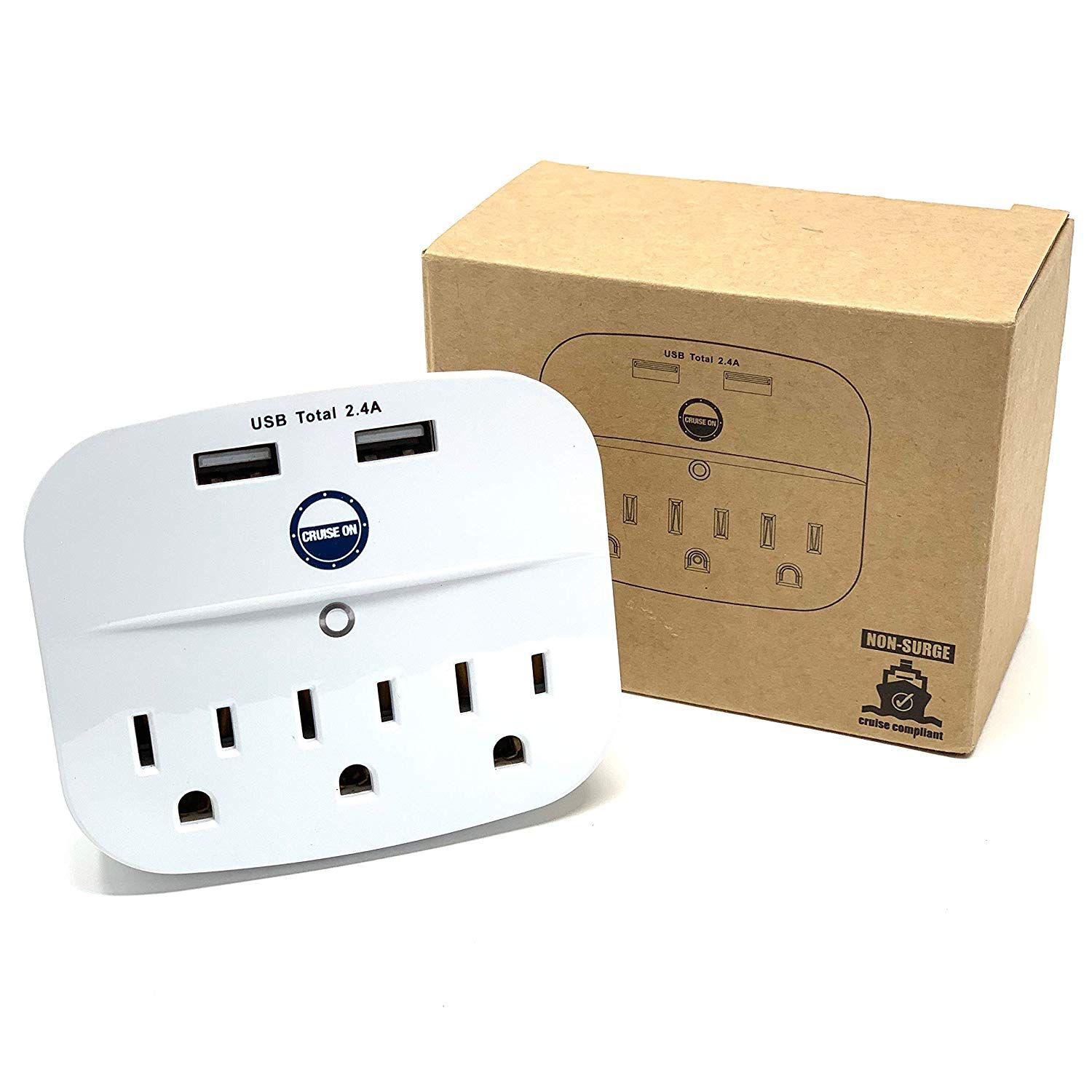
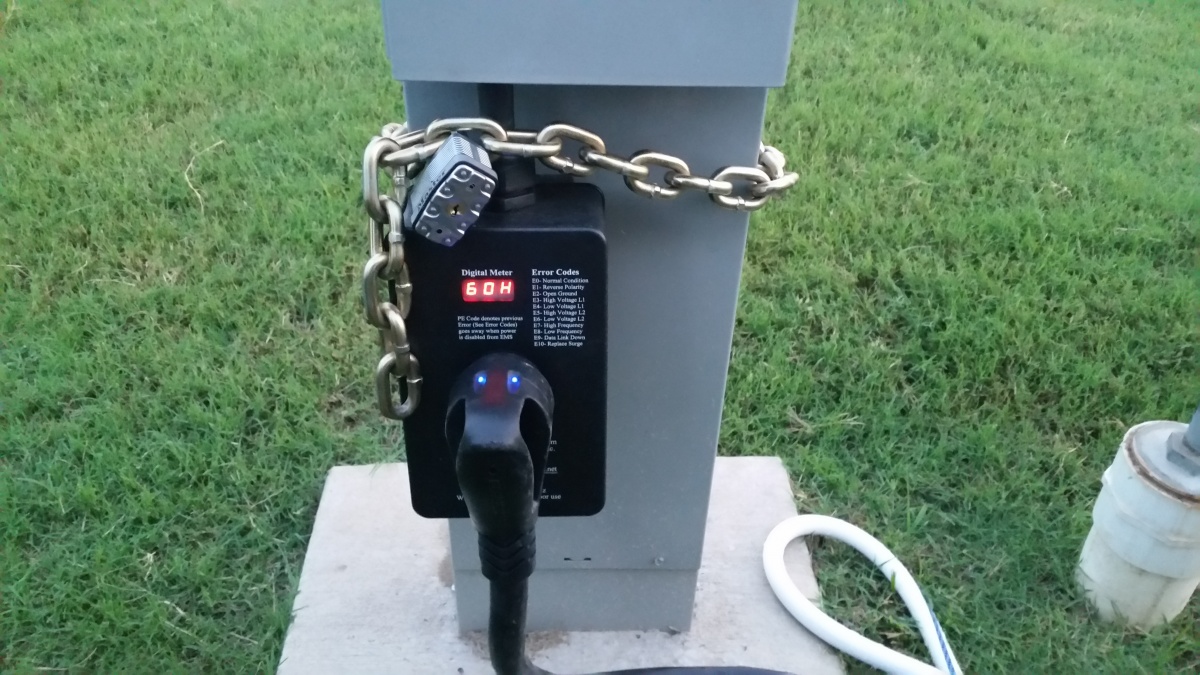
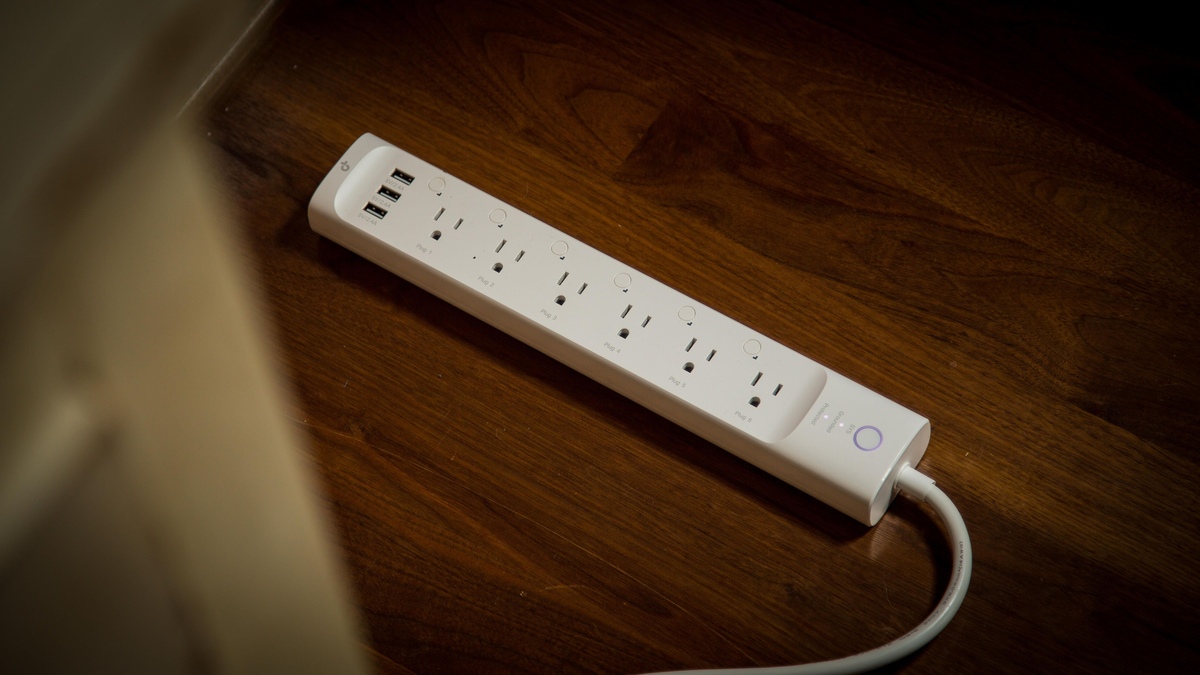
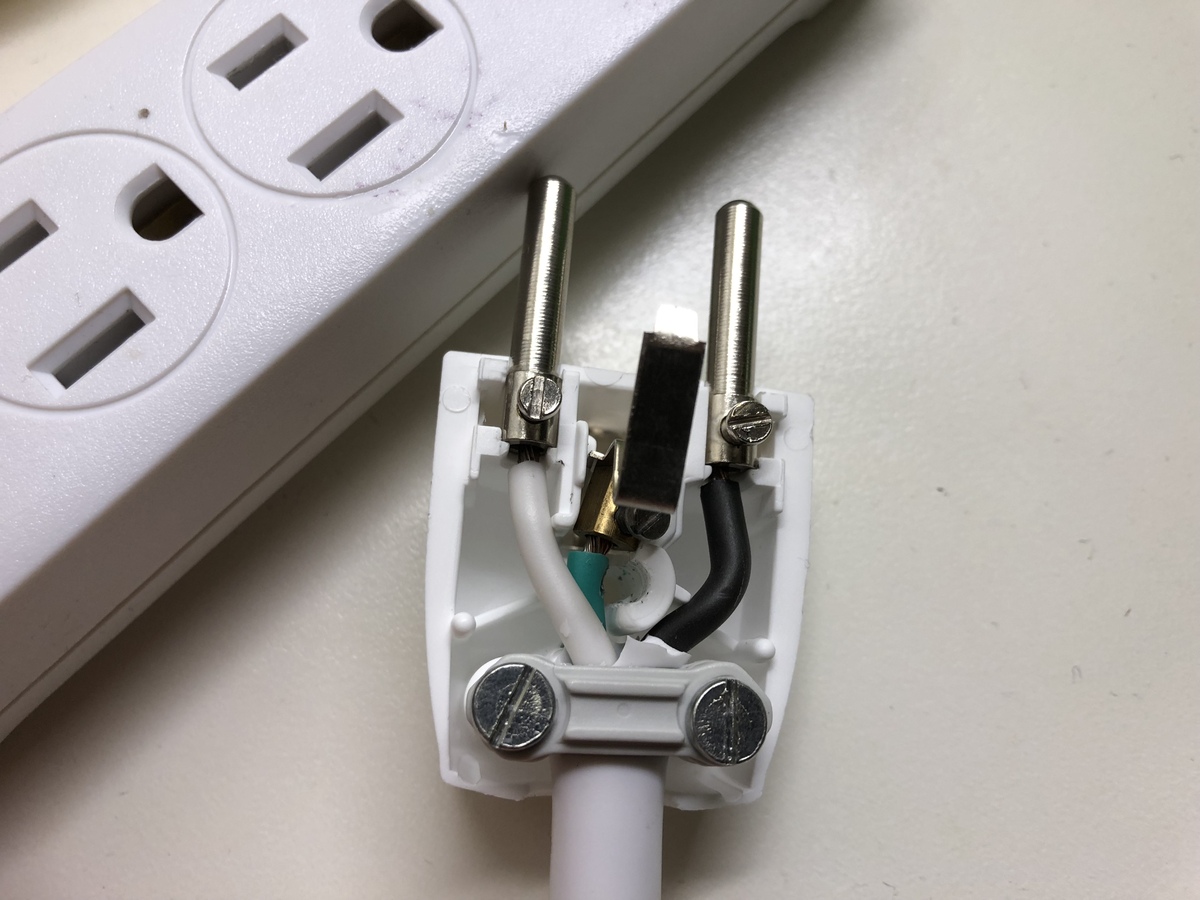
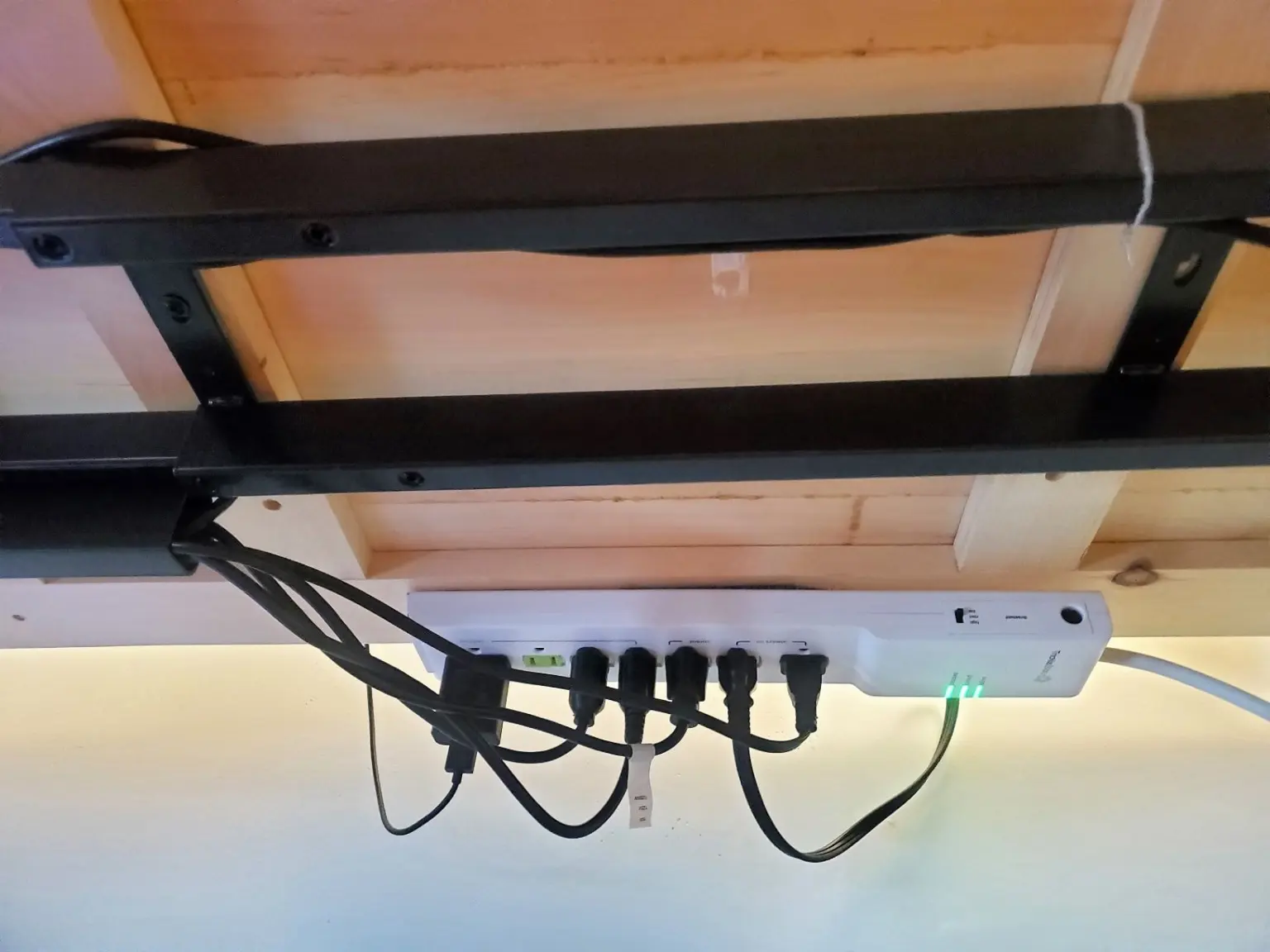
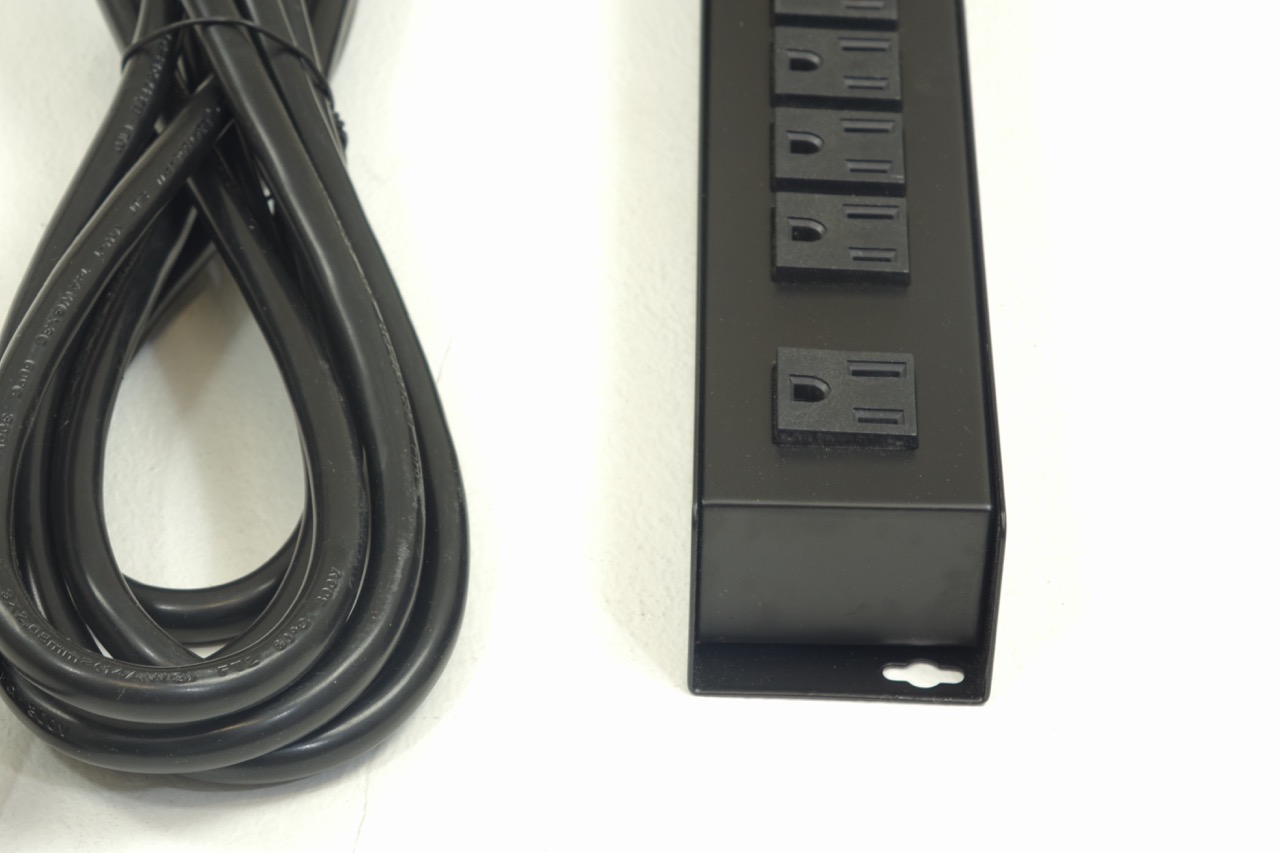
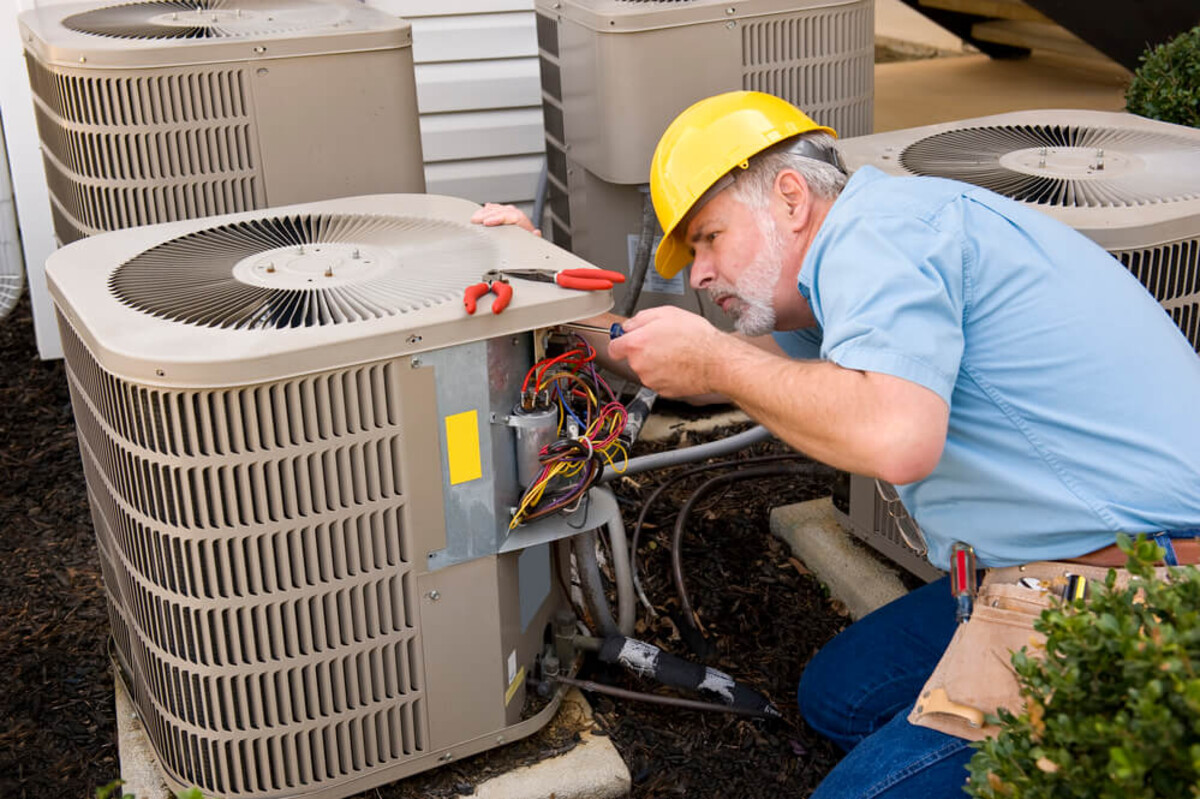
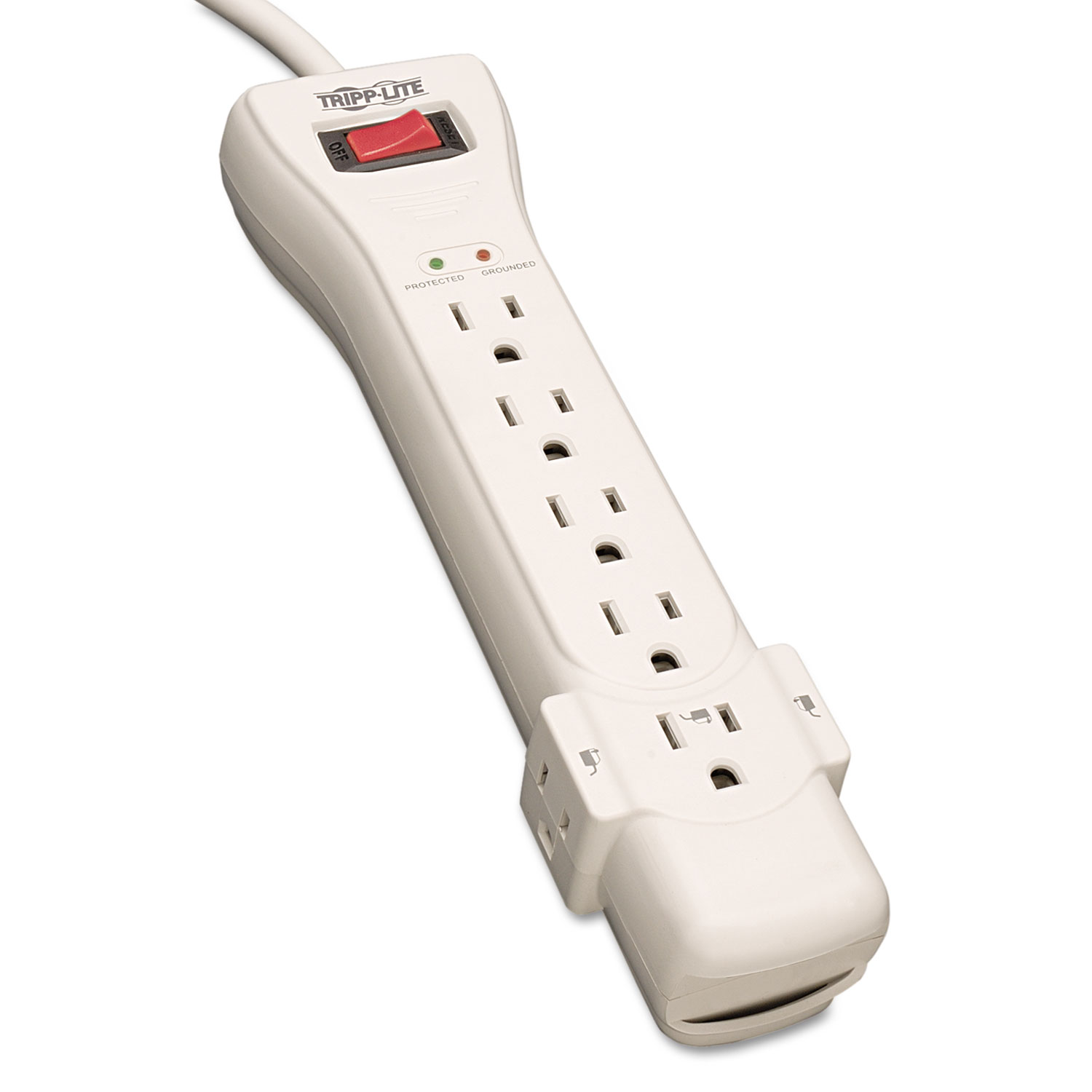
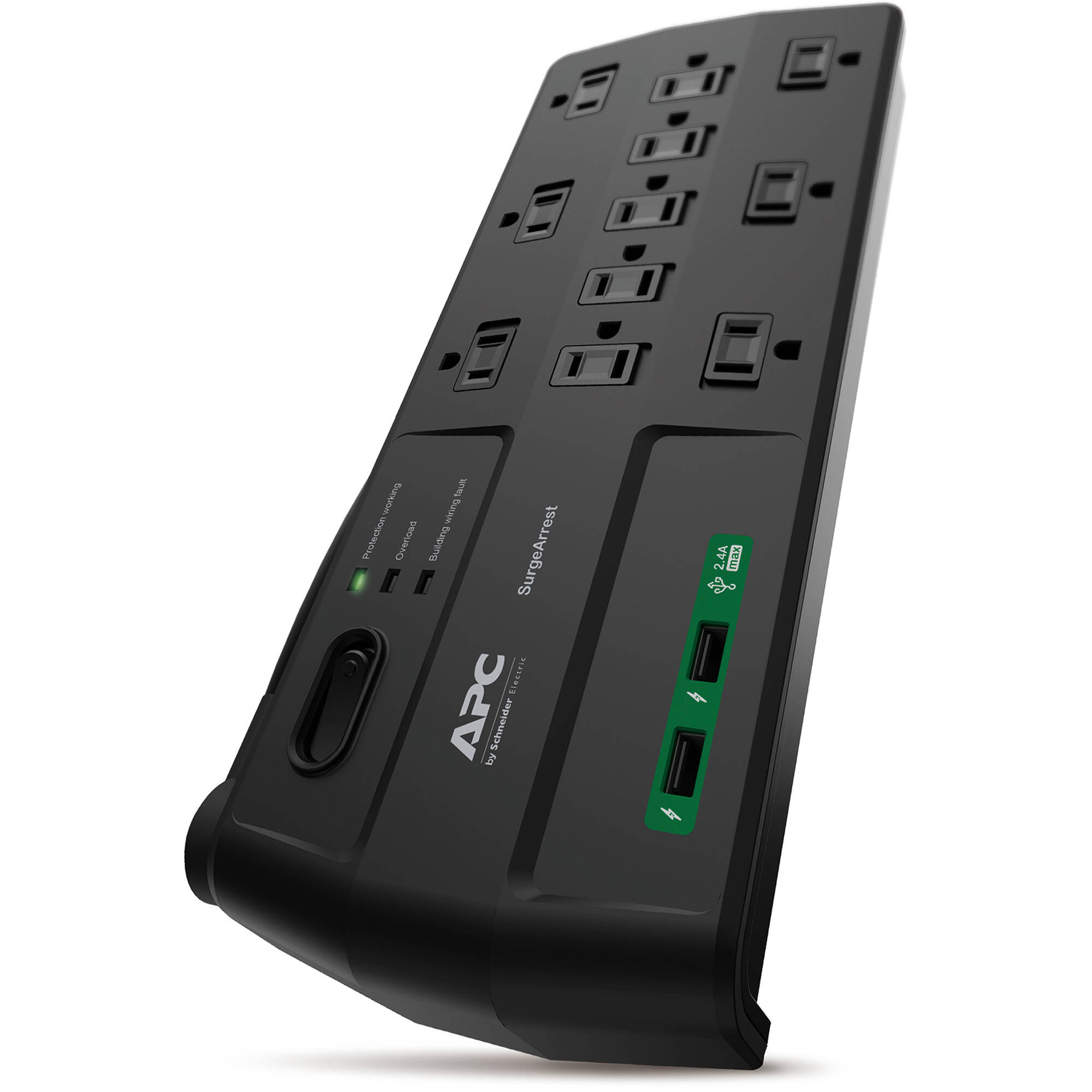
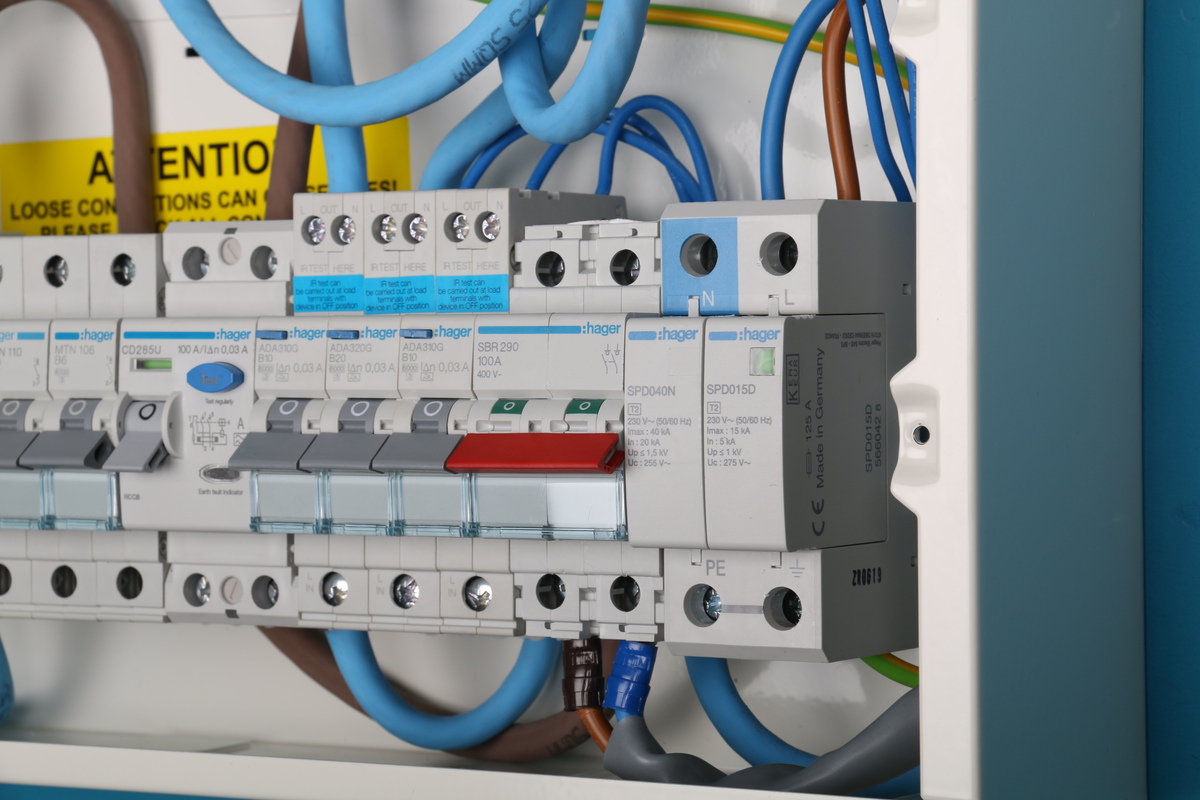
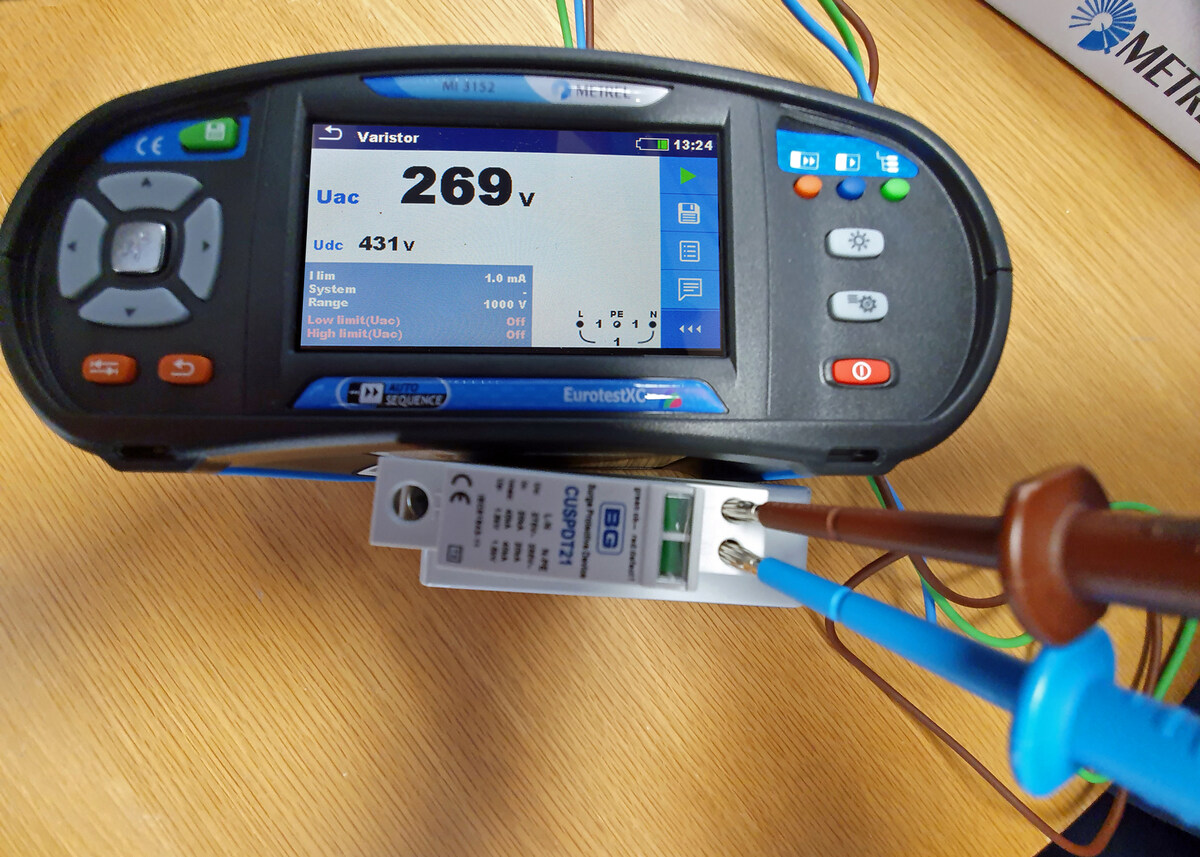

0 thoughts on “How Much Power Can A Surge Protector Handle”